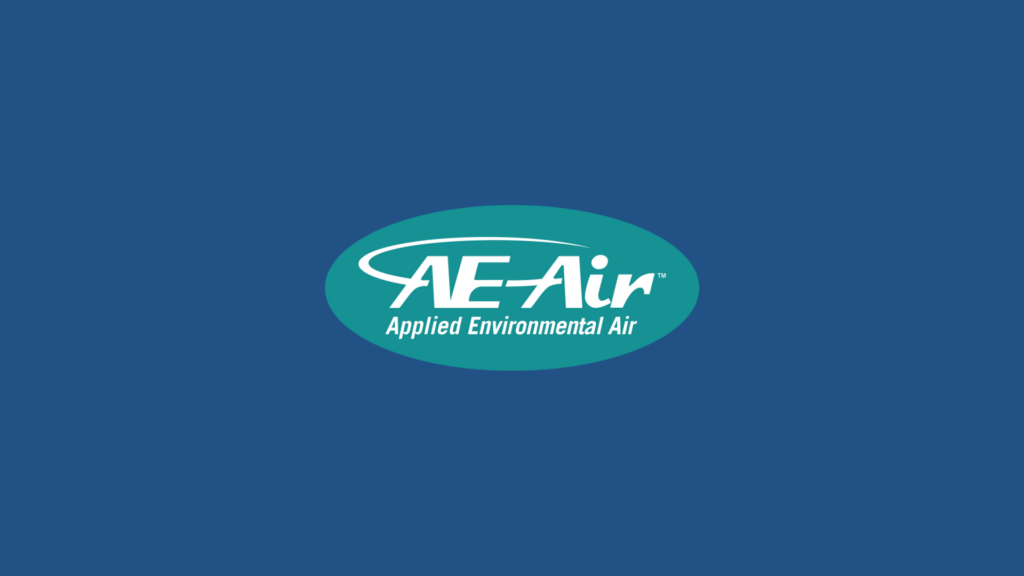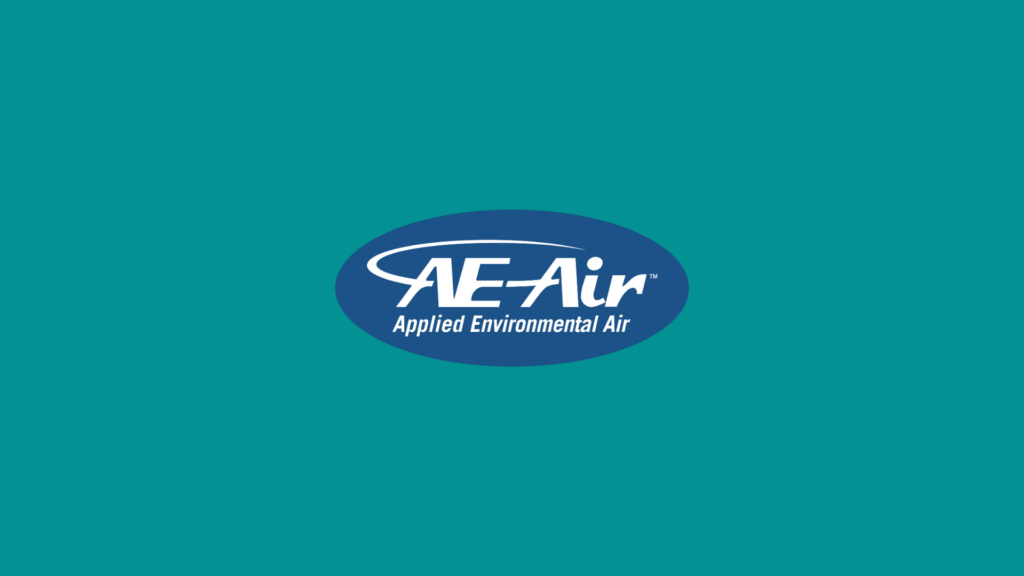Understanding HVAC efficiency is crucial for anyone involved in building design and maintenance, from developers to architects. HVAC systems are the backbone of comfort in any large-scale structure, regulating both temperature and air quality. With the rapid advancement in technology, there’s a growing need for more efficient solutions that not only cut down on energy consumption but also provide effective climate control. That’s where innovative techniques and systems, like those in Applied Air Systems, come into play.
Applied Air Systems represent a new wave in HVAC technology, focusing on improving efficiency and adaptability. They integrate advanced components tailored for larger builds, making them top choices for developers and engineers looking to optimize building performance. In large-scale projects, the need for systems that provide comfort while remaining economical is paramount. Let’s explore more about how these systems work and their benefits to HVAC efficiency.
How Applied Air Systems Work
At its core, Applied Air Systems revolutionize the mechanics of traditional HVAC setups by incorporating cutting-edge technologies and efficient design principles. These systems are structured to minimize energy use while maximizing output. Unlike older models that rely on extensive ductwork and high energy input, Applied Air Systems apply smart distribution methods that adjust air flows in response to environmental and indoor conditions.
1. Intelligent Design: These systems often include smart sensors and controls that continuously monitor and adjust the performance of HVAC components. This ensures optimal operation according to real-time demand, leading to less waste and better energy savings.
2. Advanced Components: They use sophisticated motors and compressors that allow for variable speeds, offering more precise control over the indoor climate, leading to enhanced comfort and increased energy efficiency. This technology stands out by adapting more dynamically to changes in building occupancy and external temperatures.
3. Adaptability and Integration: Applied Air Systems excel in integrating with existing setups, offering a flexible response to fluctuating needs. They fit seamlessly into different architectural designs, whether it’s a skyscraper or a sprawling commercial complex.
These features set Applied Air Systems apart from traditional HVAC systems, which often depend on rigid controls and lack the flexibility required for efficient large-scale operations. By leveraging such innovations, facilities can achieve higher efficiency levels while ensuring consistent climate control, which ultimately leads to cost savings and improved sustainability. In upcoming sections, we’ll delve into the tangible benefits of adopting these systems and their applications in various settings.
Benefits of Applied Air Systems
The adoption of Applied Air Systems offers a number of advantages that make them a worthy consideration for developers, engineers, and architects. Firstly, their improved energy efficiency translates to significant cost savings. By smartly managing energy usage, these systems curb unnecessary expenditures, making them financially attractive for large-scale projects. The systems’ ability to adjust airflow and climate conditions according to the fluctuating demands of the building minimizes wasted energy.
In addition to cost benefits, these systems also enhance indoor air quality. Better air quality boosts overall comfort and well-being, which is invaluable in commercial and residential settings. With features designed to purify and efficiently circulate air, occupants experience fewer allergens and contaminants, contributing to healthier living and working environments.
Reliability is another key benefit. These systems are engineered to offer consistent performance and reduced maintenance requirements. With fewer mechanical failures and interruptions, they provide peace of mind and reduce the need for frequent service calls, which can disrupt daily operations. By combining cutting-edge components with smart monitoring, Applied Air Systems ensure long-term stability and effectiveness.
Applications of Applied Air Systems in Large-Scale Projects
Applied Air Systems find their ideal setups in various large-scale environments where efficiency and reliability are crucial. In commercial buildings like offices and shopping complexes, these systems efficiently manage different zones and varying occupancy levels, ensuring consistent comfort across spaces of different uses.
In industrial settings, they’re perfect for maintaining the specific environmental conditions required by sensitive processes and machinery. The adaptability of Applied Air Systems allows them to cater to the unique needs of diverse industrial operations, ensuring optimal temperatures and air quality.
For large-scale residential projects, these systems prove advantageous by providing every unit with the comfort and quality air management residents expect. A good example of this would be a mixed-use development where these systems can effortlessly transition between commercial and residential requirements, balancing varied demands. By understanding the distinct needs of each application, these systems deliver tailored solutions that support diverse project goals.
Selecting the Right Applied Air System for Your Project
Choosing the right Applied Air System involves considering the specifics of the project, such as building size, type, and needs. Developers, engineers, and architects should evaluate their unique requirements to ensure they select the most suitable system. The adaptability and integration capabilities of these systems are crucial factors to consider.
Boost HVAC Efficiency with Applied Air Systems
Incorporating Applied Air Systems in your HVAC strategy can lead to substantial improvements in efficiency, cost savings, and overall comfort. By addressing the unique requirements of each project, these systems support varied needs with precision. They combine sophisticated components with smart technology to deliver reliable performance that aligns with current sustainability goals.
To explore how Applied Air Systems can enhance your project’s efficiency and sustainability, visit AE Air to learn more about our cutting-edge HVAC solutions.


